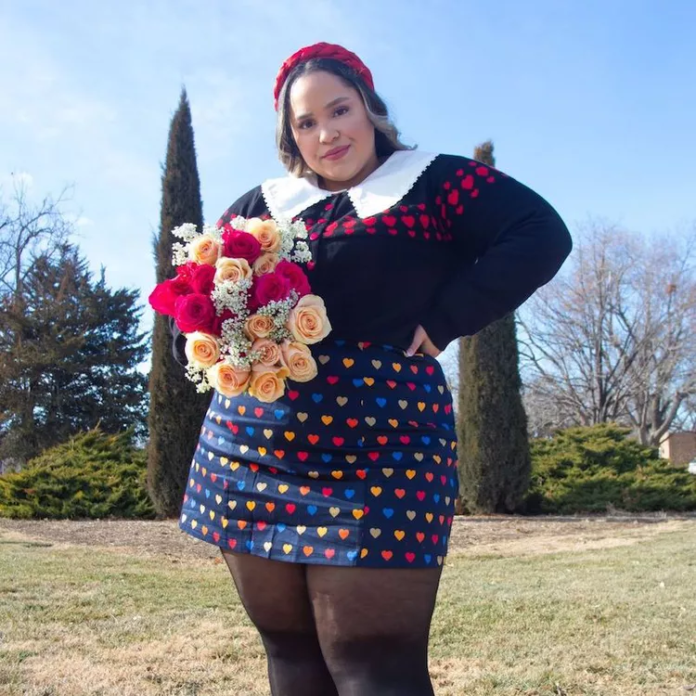From bright yellow tights paired with tattered ballet flats, to collared floral dresses layered on top of colorful skirts, to giant bows and berets, twee has been revived—whether you like it or not.
The word “twee” was from a childish pronunciation of “sweet” that once used to degrade tooth-rotting sweetness. This insult, however, was reclaimed by an entire subculture. Twee fashion persisted from the mid-2000s to the mid-2010s, deriving its roots from the music genre twee pop, a feminist response to the increasingly masculine, tough, and invulnerable punk and post-punk movement of the time. Twee music could be identified by boy-girl harmonies, lyrics of love, and overt innocence.
This gentle music was then translated into clothing as well, characterized by hyper-feminine clothing such as bouncy skirts and colorful, mismatched prints and pieces. Twee was whimsical and girlish in a dramatized way. It was popularized by actors and TV show characters such as Jess Day in New Girl played by Zooey Deschanel and Cassie from Skins played by Hannah Murray.
As fashion micro-trends quickly cycle through the 2020s, such as watered-down 80s and 90s inspired fashion from 2019 through 2021, and the Y2K, MCBling-y fashion of 2023, Twee was bound to make its rounds once again. Additionally, the popularity of thrifting with Gen Z has resulted in quirky, unique finds becoming more prevalent in wardrobes. Twee-esque pieces like collared dresses, flowy skirts, and bright colors are making their way back into the fashion trends of 2024.
Twee fashion is either incredibly loved or deeply hated, which seems to be the opinion for any type of heavily feminine fashion trend. Feminine clothing seems to sit on either extreme end of a patriarchal spectrum: infantilization or oversexualization. A woman’s physique in this society is automatically subject to a non-consensual, voyeuristic nature. Either we dress too “childlike,” or we are “putting our body on display.” There is no in-between. Femininity will always be at fault in the eyes of patriarchy.
I believe Twee fashion is an awe-striking movement combating the demonization of femininity in a society that still seems to be rooted in patriarchy. Some of the critics of twee fashion brought to light the lack of diversity in the original movement, but with the recycling of trends in a digital media-focused society, twee has been able to reach a wider and more diverse audience. As a black woman, I have seen how limited diversity is in the subculture, but I believe it’s possible to reform a subculture without losing its roots, and it’s in our hands to make that happen.
Cutesy dresses and tote bags are back, and I hope they’re here to stay. The rebirth of this subculture is only one example of embracing femininity in a visual way and I’ll happily take those steps in my Mary Janes and bright red tights!


















